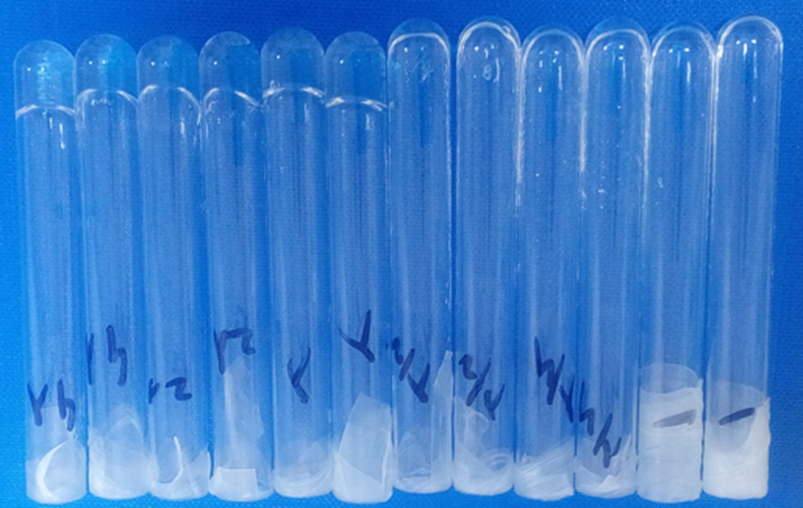Microbiological Test Required to Product for Sterilization
BET
TEST: Endotoxin Testing (LAL)
Lipopolysaccharides (LPS) are bacterial endotoxins and present
in Gram-negative bacterial cell walls known to cause fevers and diseases.
Endotoxin testing of medical devices manufactured, and pharmaceuticals produced
is necessary to ensure that the product is endotoxin free. It required on various
stages of product life cycle:
- Bulk Lot Release Testing
- Final Product Release Testing
- Raw Material Testing
Limulous amoebocyte lysate (LAL) is a test performed as
this is based in the biology of the horseshoe crab which produces LAL enzymes
in blood cells to bind and inactivate endotoxin from invading bacteria. This method
is accepted worldwide. USP <85> requires testing of a production lot for
the presence of bacterial endotoxin.
LAL - endotoxin tests with a variety of assay options including:
- Quantitative
and qualitative testing
- Gel-clot
method (LAL test)
- Chromogenic methods (USP Chromogenic)
The Gel-clot method and the
chromogenic method are approved for all phases of therapeutic product development.
It is appropriate for multiple types of therapeutics including monoclonal
antibodies, vaccines, recombinant proteins, cell therapy and gene therapy.
The gel clot test with the LAL test
is for endotoxin detection only with GMP format typically being used for lot
release testing of final products for injection in humans.
The USP chromogenic method is based on the
activation of a serine protease (coagulase) by the endotoxin, which is the
rate-limiting step of the clotting cascade. This is a quantitative method
and measures the activation of the serine protease as opposed to the end result
of this activation, which is clotting.
Contact an expert about your Endotoxin testing needs.



Comments
Post a Comment